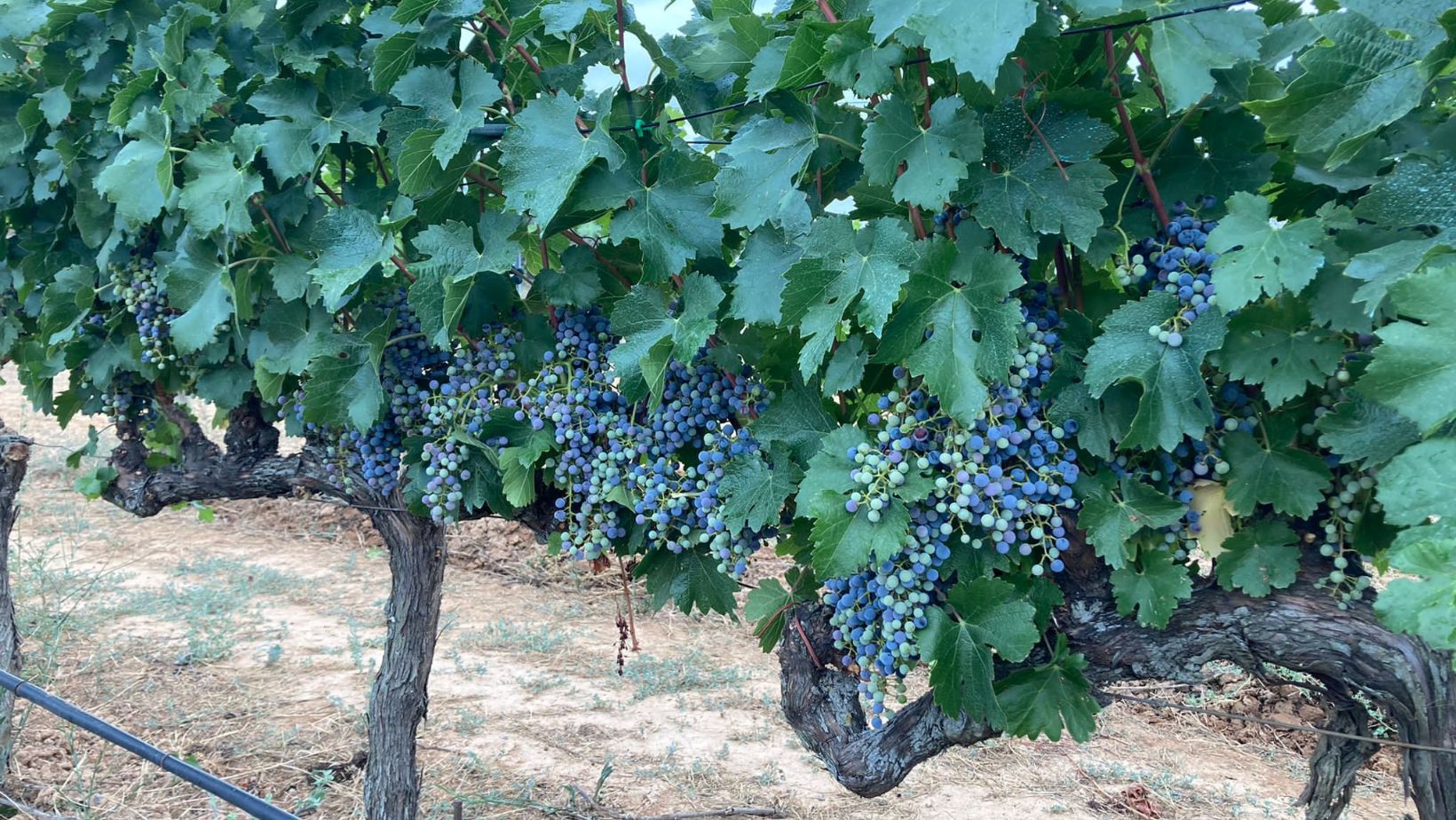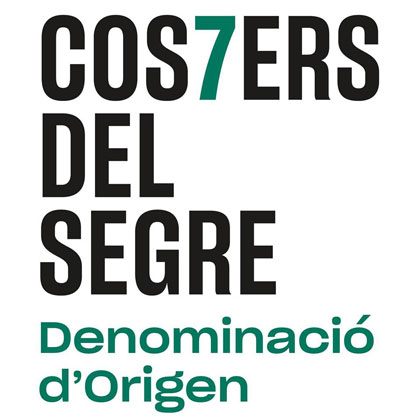Veraison is a fundamental process in the development of the fruit of the vine. A moment in which the vineyards are filled with color, as a result of the metamorphosis experienced by the grape clusters during this transformative stage in the life of the vines. It is a perfect time to come to visit the vineyards and enjoy wine tourism. Apart from the external change in the color of the grapes, with veraison there is also a profound transformation and internal maturation. In this post, we want to make known what veraison is and what it consists of, as well as its importance for vine cultivation and winemaking.
Veraison - Table of contents:
What is veraison
When does the veraison take place?
The importance of veraison
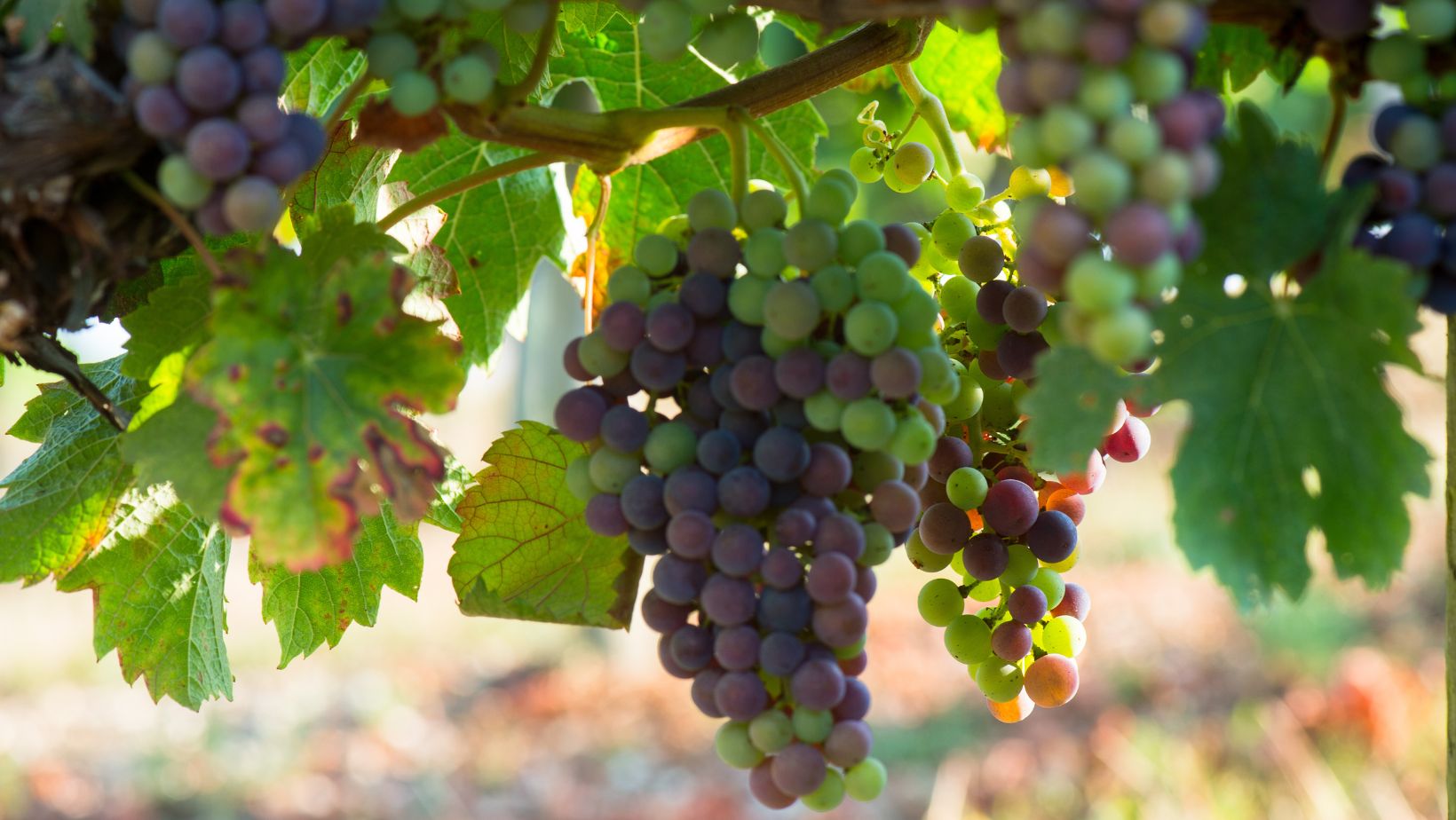
What is veraison?
Veraison is the name given to the natural process within the life cycle of the vine during which the grapes change their color. In the first moment of the formation and growth phase of the grape berries, they appear green, both in red and white grape varieties. This is due to the more or less green coloration that chlorophyll gives them and that will gradually disappear.
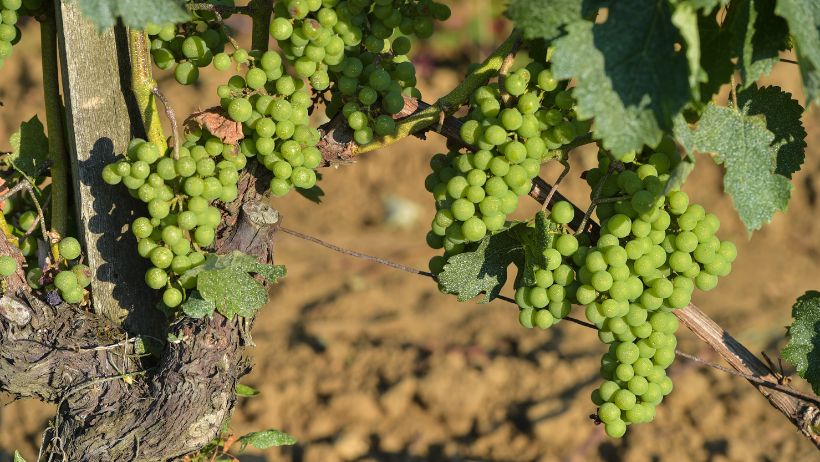
In veraison, the pigments of each grape variety make their appearance, to acquire shades that range from red, purple, blue or black, in the case of red grape varieties; and even yellow, straw tones and gold, in the case of white varieties.
At the end of veraison, the seeds are fully formed, the acidity remains high and the sugar level is still low.
The veraison is therefore a process of change that visibly shows us on the outside of the grapes a whole series of changes that are being triggered inside. A key moment for the calendar of the winery's oenological team, since it indicates the moment in which the grapes begin their maturation phase.
When does the veraison take place?
Let's get situated. The vine cycle is usually divided into about 8 stages, among which is the veraison process. These vegetative phases of the life of the vine plant are these:
• Budding: After the winter rest and coinciding with the arrival of spring, between March and April, the new green shoots begin to appear on the plant, emerging from the "down" that protected them from the cold in winter. The specific moment will depend on the specific location of the vineyards, the climatology of the area, the specific conditions of that year, the amount of nutrients that the plant has had, the variety of the vine, etc. In this phase a frost could return the plants to their vegetative state.
• The foliation: The first leaves of the vine begin to form with the arrival of good weather and the increase in ambient temperature. The leaves will be key to capturing the sun necessary for photosynthesis, through which the vine obtains the energy to develop all its vital processes.
• Flowering: Between May and June the first embryos of the vine flowers begin to appear on the plant, which will become the future bunches of grapes over time. This moment is also key to determine the time of the grape harvest: the harvest.
• Fertilization and fruit formation: In this stage, genetic exchange occurs between the gametes of the different strains, the peak of the sexual reproduction of plants, which will lead to the formation of grapes, as the fruits of this reproductive process.
• The veraison. Between July and August is the specific moment of veraison or the beginning of the ripening of the grapes, which can also vary depending on the conditions of the crop. The climatology of the place and the composition of the terroir are decisive. Of course, it will also depend on the characteristics of each grape variety. As we said, at this time the grapes change color, marking the beginning of their ripening process, in which the concentration of nutrients inside the grapes will increase. Among them, the alcoholic and phenolic compounds that are so important when defining the organoleptic characteristics of each wine.
• Maturation: It is the moment in which these nutrients inside the grapes are at their maximum concentration. Among them, the concentration of sugars, which are essential to nourish the yeast later during fermentation. During fermentation, the must will be transformed into wine already in the winemaking process. Also of other acidic, alcoholic, phenolic and flavonoid compounds.
• The grape harvest: Through human intervention and at the optimal moment of maturation and nutrient concentration inside the grapes, the bunches are harvested, this magical moment for all wine lovers that is the vintage.
• Leaf fall. After the harvest, the life cycle of the vine slows down and enters a process of lethargy that culminates with the fall of the leaves. Since then, the plant will spend the coldest months of the year in a state of hibernation, until its vital activity resumes with the arrival of the following spring.
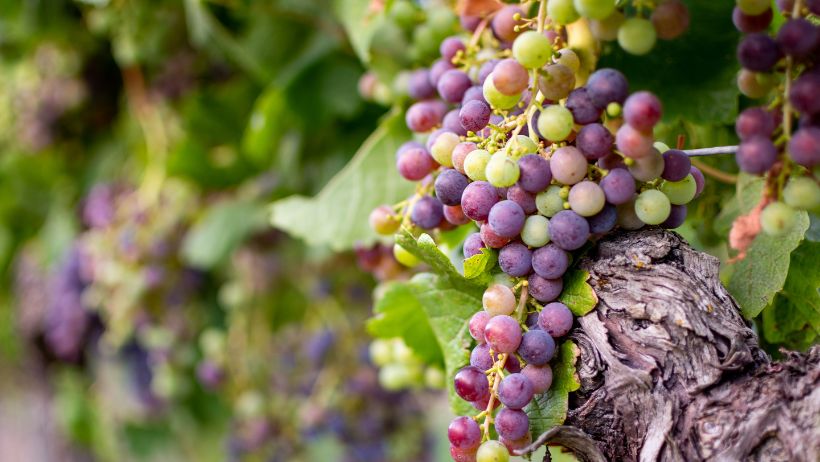
The importance of veraison
The moment of veraison is key for the work of the winery's oenological team, since depending on the moment in which this natural process occurs and the conditions that the grapes show, a series of measures will be taken to direct the development of the vineyard in the right direction. After veraison, certain conditions can be corrected and a series of cares can be given to the crops to try to make the grapes ripen more optimally: modify the irrigation patterns, prune the vines, etc. In addition, the time of veraison serves to help predict the ideal time to carry out the future harvest. In conclusion, with the arrival of veraison, the countdown begins to begin the long-awaited harvest of the grapes, the result of many months of care and hard work, to start the production of the wine in the cellar.

